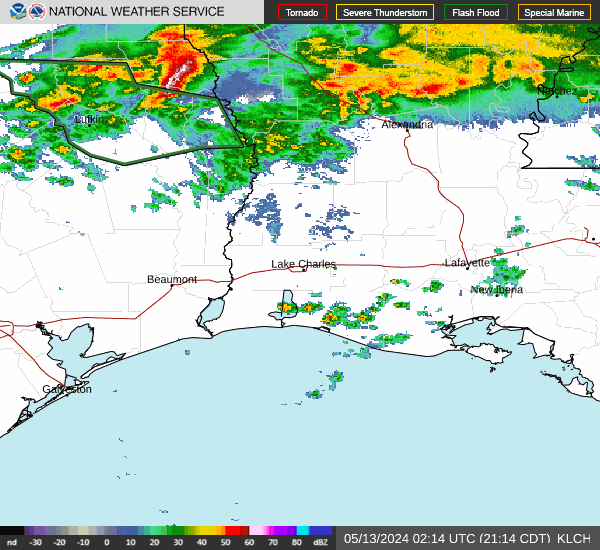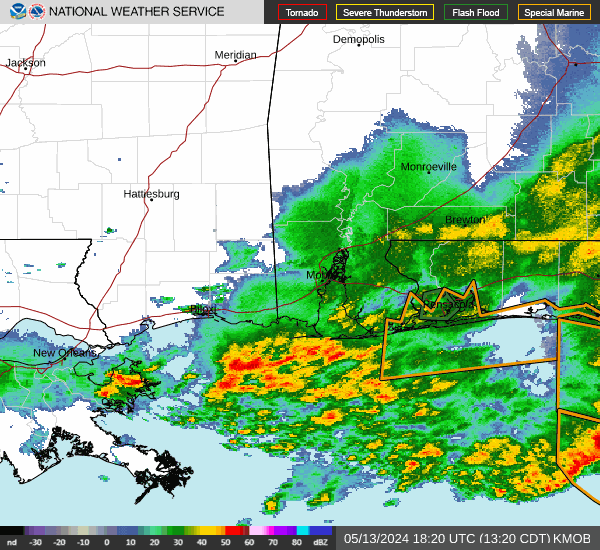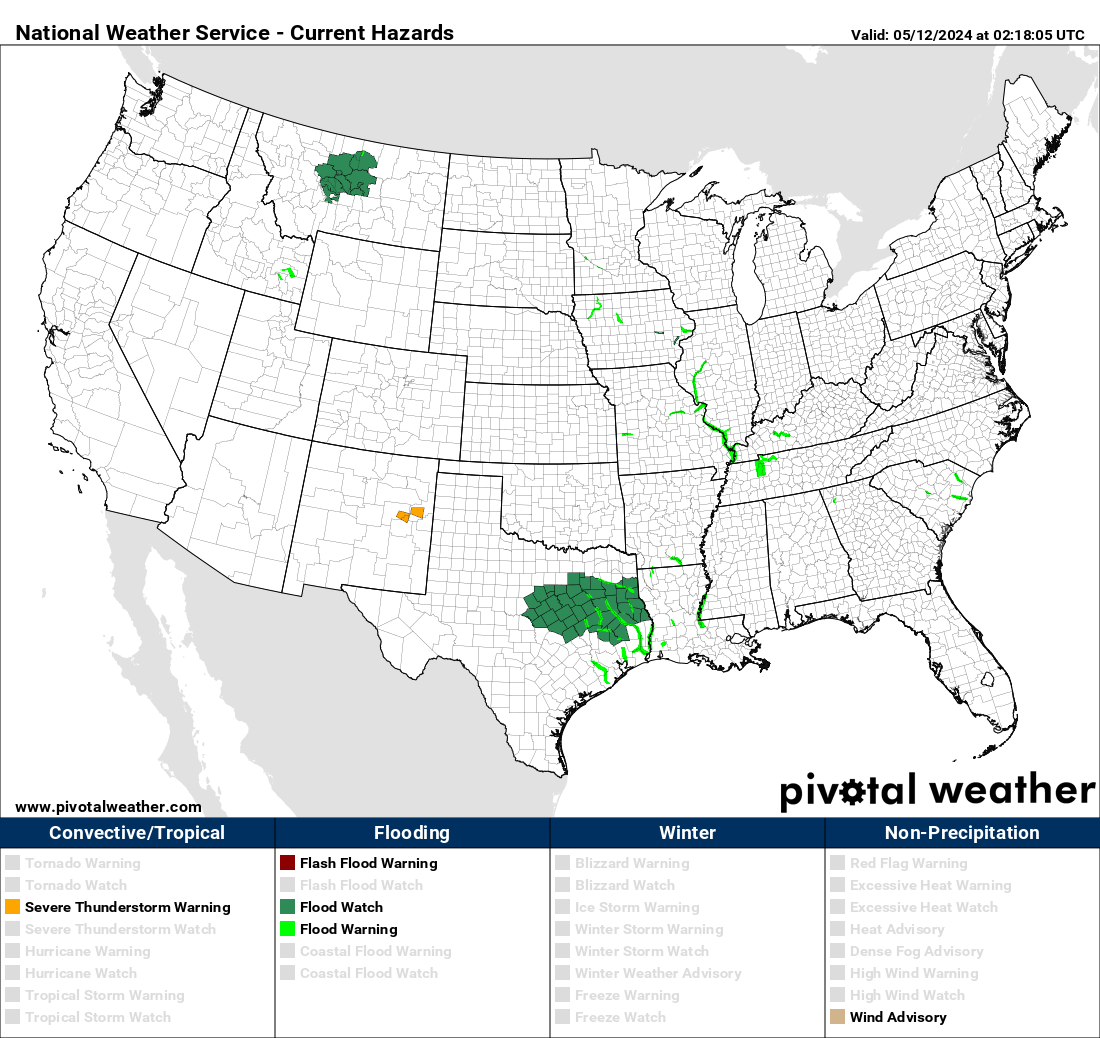Post by mrjamie on Feb 2, 2009 20:06:49 GMT -6
Last Wednesday, January 28th, a group of astronomy enthusiasts gathered at Rancho Hidalgo, New Mexico, a few miles east of the Arizona border, to rededicate Clyde Tombaugh's monstrous 16-inch telescope. Just one of 37 instruments that Pluto's discoverer completed during his long and productive life, this mighty 16-inch f/10 reflector has a fascinating history. And a new chapter is about to begin.
In the early 1940s, Tombaugh began grinding and polishing the 16-inch mirror during the twilight of his planet-hunting years at Lowell Observatory. But the project was set aside in the middle of that decade when he moved to New Mexico's White Sands Proving Grounds to begin a job on the ground floor of the nascent Space Age.
Clyde's 16-inch Reflector
This gangly telescope structure was built by Clyde Tombaugh to hold a 16-inch reflector. It now stands in Rancho Hidalgo, New Mexico, with a destiny in education.
David H. Levy
By the mid 1950s, Tombaugh had moved to the astronomy program at New Mexico State University, and his thoughts returned to the 16-inch telescope. He built a massive steel mount for it in his suburban Las Cruces backyard. Requiring about a ton of steel, the completed scope involved about 1,500 hours of labor. From the mid 1960s onward, Tombaugh used the yoke-mounted instrument to study the planets.
When Tombaugh moved to a new house in 1966, the telescope moved with him. Longtime family friend and colleague Jed Durrenberger related an aspect of the move that I included in my 2006 biography of Tombaugh. At one point the two men had to muscle the mount down a wooden plank. Durrenberger wasn't at all confident of success, but Tombaugh assured him that the plank would hold. When they started moving the mount, everything went well for a few seconds, but then it started sliding on its own, plummeting down the plank. The wood snapped, slamming the plank into Tombaugh's thigh and hitting Durrenberger in the chest. The mount landed safely on the ground, but it had left more than a memorable impression on the two friends. Tombaugh was notorious for carrying so much stuff in his pants pockets that Durrenberger referred to him as "a traveling toolbox." The plank's impact left Tombaugh's thigh with a visible impression of everything that was in his pocket.
The telescope's massive steel superstructure was so sturdy that Tombaugh made a decision not to put a structure of any sort around it — no dome, no sliding roof, nothing. The telescope simply stood outdoors against the elements with its optics protected by firmly fitting covers.
By the mid-1980s Tombaugh and I began a close friendship, which lasted the rest of his life. One evening we set up the 16-inch telescope to look at Saturn. The seeing was almost perfect.
"Clyde," I inquired, "can this telescope reveal the spokes within Saturn's B ring?"
"It sure can," he replied. "I've seen them myself."
"I'm glad to hear you say that," I added, "because I am seeing them right now."
After Clyde's death in early 1997, the family decided to sell the 16-inch telescope. After several false leads, my wife, Wendee, suggested to Gene Turner of the Arizona Sky Village, that the telescope might be a perfect addition to his growing astronomical community. Turner enthusiastically agreed, and the telescope was eventually relocated in 2008 to a new site he is developing at Rancho Hidalgo, New Mexico, about 15 miles east of the Arizona Sky Village. He plans to use it as the star of an educational program.
Turner loved and admired Tombaugh, and he shares my opinion that Pluto should remain a major planet. In fact, it's a covenant that people living at Rancho Hidalgo must accept Pluto as a major planet. And they're in good company. In 2007 New Mexico passed a statute declaring that Pluto is a major planet and that the day of its discovery, March 13th, will be "Pluto Planet Day" throughout the state.
I spent many hours with Tombaugh during his final years, and I was aware of his sadness over the potential demotion of his discovery. I believe that the science part of the man accepted what he believed was coming, but the human part never could. That's one of the reasons why I too support returning Pluto's status to that of a major planet.
Tombaugh has left us, but his legacy survives. For those of us who knew the man, every time we look at the night sky, we remember him. Every time we debate the question of what is a planet, we remember him. Every time we discuss cosmological issues, we remember him. And his great telescope, which now stands beneath one of the best astronomical skies in the world, will bring these memories and inspiration to new generations.
In the early 1940s, Tombaugh began grinding and polishing the 16-inch mirror during the twilight of his planet-hunting years at Lowell Observatory. But the project was set aside in the middle of that decade when he moved to New Mexico's White Sands Proving Grounds to begin a job on the ground floor of the nascent Space Age.
Clyde's 16-inch Reflector
This gangly telescope structure was built by Clyde Tombaugh to hold a 16-inch reflector. It now stands in Rancho Hidalgo, New Mexico, with a destiny in education.
David H. Levy
By the mid 1950s, Tombaugh had moved to the astronomy program at New Mexico State University, and his thoughts returned to the 16-inch telescope. He built a massive steel mount for it in his suburban Las Cruces backyard. Requiring about a ton of steel, the completed scope involved about 1,500 hours of labor. From the mid 1960s onward, Tombaugh used the yoke-mounted instrument to study the planets.
When Tombaugh moved to a new house in 1966, the telescope moved with him. Longtime family friend and colleague Jed Durrenberger related an aspect of the move that I included in my 2006 biography of Tombaugh. At one point the two men had to muscle the mount down a wooden plank. Durrenberger wasn't at all confident of success, but Tombaugh assured him that the plank would hold. When they started moving the mount, everything went well for a few seconds, but then it started sliding on its own, plummeting down the plank. The wood snapped, slamming the plank into Tombaugh's thigh and hitting Durrenberger in the chest. The mount landed safely on the ground, but it had left more than a memorable impression on the two friends. Tombaugh was notorious for carrying so much stuff in his pants pockets that Durrenberger referred to him as "a traveling toolbox." The plank's impact left Tombaugh's thigh with a visible impression of everything that was in his pocket.
The telescope's massive steel superstructure was so sturdy that Tombaugh made a decision not to put a structure of any sort around it — no dome, no sliding roof, nothing. The telescope simply stood outdoors against the elements with its optics protected by firmly fitting covers.
By the mid-1980s Tombaugh and I began a close friendship, which lasted the rest of his life. One evening we set up the 16-inch telescope to look at Saturn. The seeing was almost perfect.
"Clyde," I inquired, "can this telescope reveal the spokes within Saturn's B ring?"
"It sure can," he replied. "I've seen them myself."
"I'm glad to hear you say that," I added, "because I am seeing them right now."
After Clyde's death in early 1997, the family decided to sell the 16-inch telescope. After several false leads, my wife, Wendee, suggested to Gene Turner of the Arizona Sky Village, that the telescope might be a perfect addition to his growing astronomical community. Turner enthusiastically agreed, and the telescope was eventually relocated in 2008 to a new site he is developing at Rancho Hidalgo, New Mexico, about 15 miles east of the Arizona Sky Village. He plans to use it as the star of an educational program.
Turner loved and admired Tombaugh, and he shares my opinion that Pluto should remain a major planet. In fact, it's a covenant that people living at Rancho Hidalgo must accept Pluto as a major planet. And they're in good company. In 2007 New Mexico passed a statute declaring that Pluto is a major planet and that the day of its discovery, March 13th, will be "Pluto Planet Day" throughout the state.
I spent many hours with Tombaugh during his final years, and I was aware of his sadness over the potential demotion of his discovery. I believe that the science part of the man accepted what he believed was coming, but the human part never could. That's one of the reasons why I too support returning Pluto's status to that of a major planet.
Tombaugh has left us, but his legacy survives. For those of us who knew the man, every time we look at the night sky, we remember him. Every time we debate the question of what is a planet, we remember him. Every time we discuss cosmological issues, we remember him. And his great telescope, which now stands beneath one of the best astronomical skies in the world, will bring these memories and inspiration to new generations.

www.skyandtelescope.com/community/skyblog/observingblog/38821737.html











